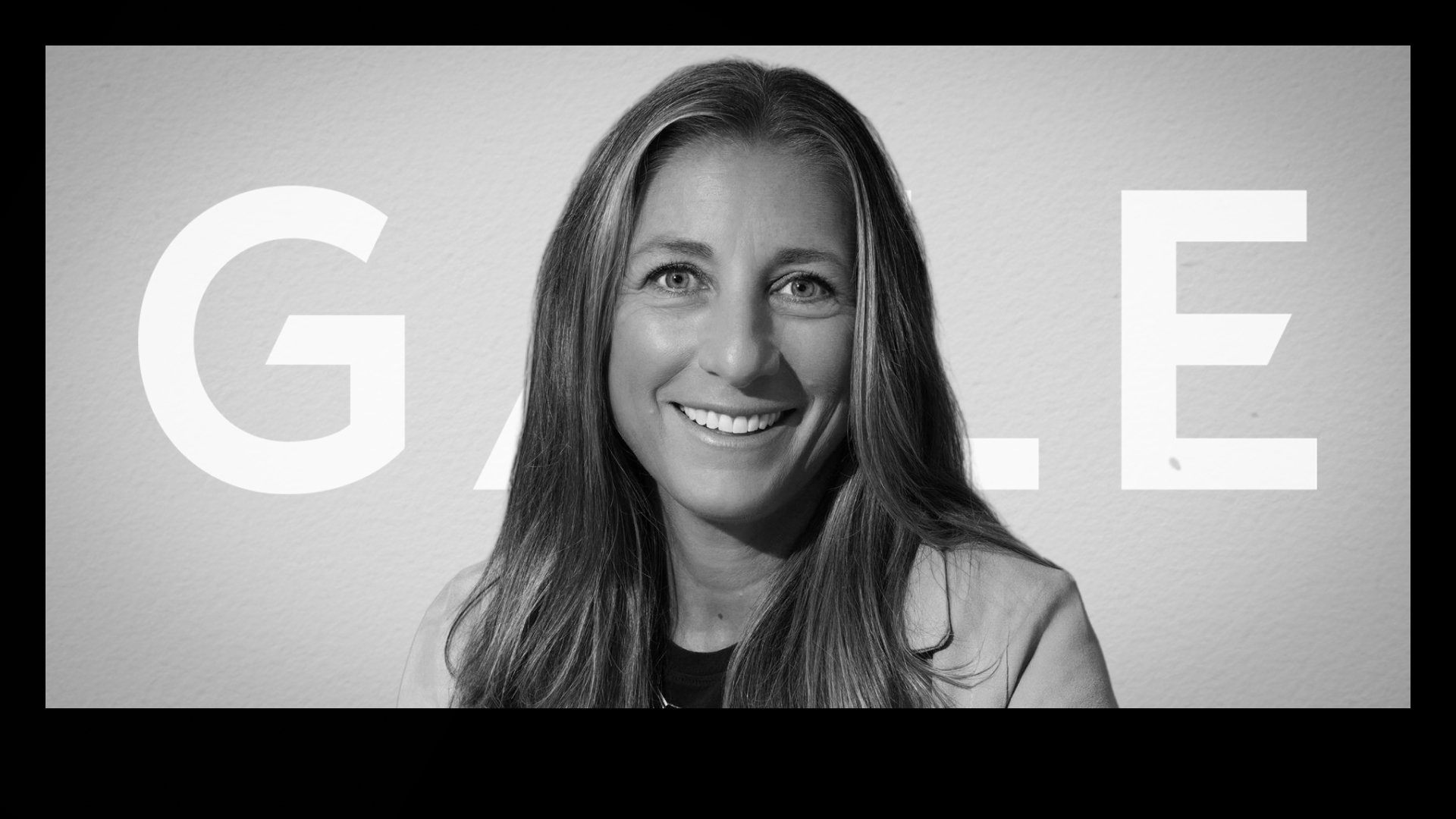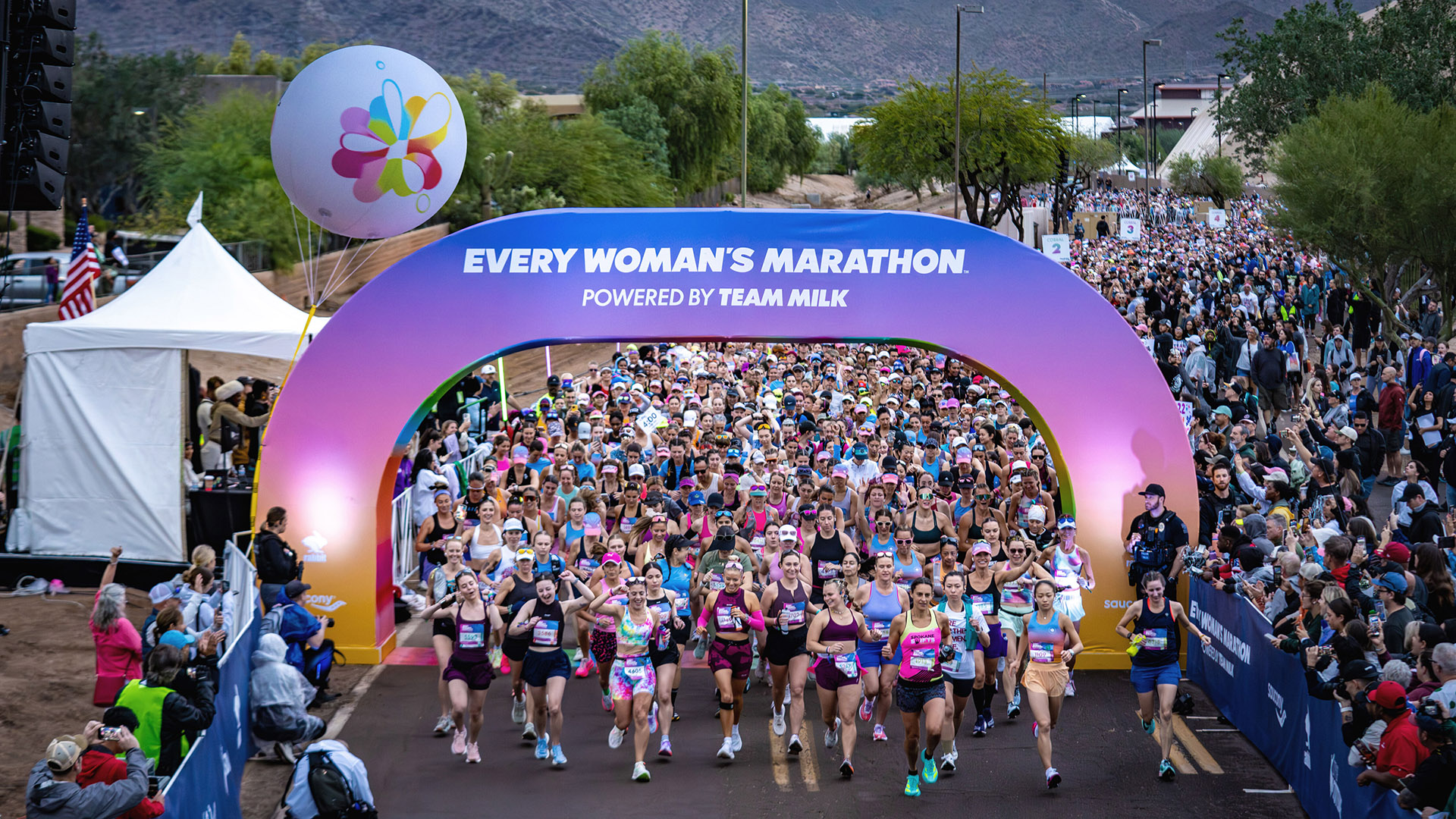As consumers, we experience brand stories across different touchpoints. Whether we’re at home watching TV, commuting to work, or reading an article on our phone, we’re presented with a potential spectrum of characteristics: narrative, visual identity, persona, messaging, and voice to name a few, each shaping our daily perception of brands. As marketers, we know that exposure to any of these moments, whether digitally, physically, or now virtually, is an opportunity to tell another angle of an integrated brand story. At a recent DPAA session at CES, GALE President & CEO Brad Simms and Assembly CEO, James Townsend, addressed the value of an integrated marketing strategy and how marketers can make the most of this approach.
“Consumers don't differentiate between out-of-home, an email, or an app notification, but they do process an integrated brand story. As an agency, we believe that integration is the answer for marketers, ” said Simms.
Townsend added, “Clients are looking for something simple and coherent, and we're trying to respond to that with connected solutions, and of course creativity.”
Simms and Townsend tackled a number of integration-related topics drawing on their leadership of The Stagwell Group’s Brand Performance Network, a group of leading global marketing agencies that provide integrated services and solutions.
According to Simms, “The explosion in out-of-home – digital out-of-home specifically – is driven by integrated storytelling, which is being fueled by the walls major platforms are putting up. Challenges in the industry are actually driving innovation and driving interest in formats.”
For MilkPEP, GALE incorporated a successful integrated out-of-home strategy with permanent buys to help shift the perception of milk from a complement to cookies into a performance beverage. Most recently, MilkPEP inked an innovative sponsorship strategy devised by GALE, sponsoring every female runner in the New York City Marathon.
To promote this effort, GALE deployed an integrated approach with sourced visuals of the female athlete registrants which were repurposed into compelling OOH advertisements across New York City via painted city walls, 3D activations, and digital billboards, culminating in the Nasdaq building in Times Square being transformed into a giant glass of milk.
The result of these integrated efforts? A lift in the reconsideration of milk as a performance beverage, with a significant spike in the 13 cities housing the OOH activations. And for the marathon, over 3,500 female athletes were sponsored, generating a $600,000 donation for Girls on the Run. The work also resulted in more than $11 million in earned media value, with 1.3 billion impressions from 269 placements.
Simms and Townsend also addressed the current disconnect between brand and performance and how they’re working to bridge this gap via connected solutions. Townsend noted, “Marketers have been given a false choice and face false barriers when it comes to the question: Am I a brand builder or am I a performance marketer?” The reality is, when you’re integrated, you can be both.”
In working with outdoor brand Cotopaxi, GALE knew that brand and performance would need to be inextricably connected for maximum impact. They also knew that during the process of building awareness through OOH, there was a direct correlation to performance. Simms explained, “Even though you could argue out-of-home is not an awareness medium, we actually moved the performance of selling items more than we moved the awareness of the brand. We ran what a lot of folks would consider a brand awareness campaign on brand awareness media, and we drove an epic sales performance.”
As a final note from Simms to marketers having tough budget conversations: an integrated partnership always ends up winning in efficiency and efficacy. In the case of MilkPEP, they were able to consolidate from seven agencies to one: GALE – a worthy testament to the power and efficiency of working with an integrated partner.











